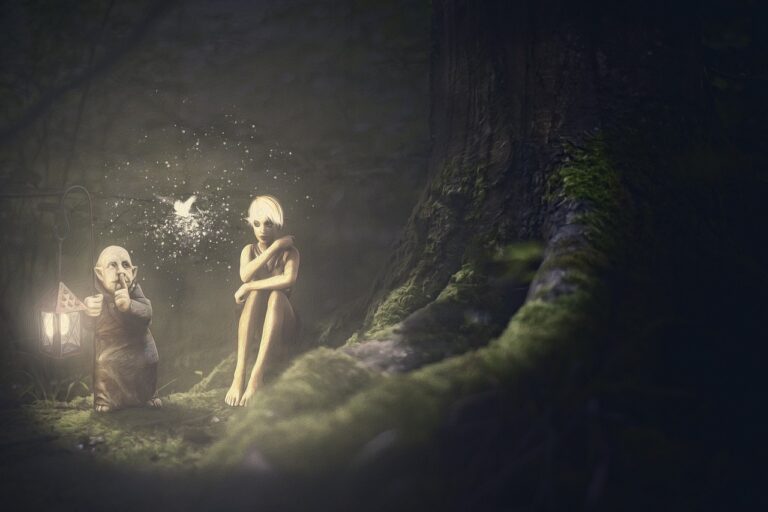Understanding PEP 101

Understanding PEP 101: A Beginner’s Guide to Python Enhancement Proposals
- What is PEP?
- Why are PEPs important?
- How do PEPs affect Python development?
- What are some examples of PEPs?
- How can I contribute to PEPs?
- Where can I find more information about PEPs?
If you’re new to Python development, you may have heard the term “PEP” thrown around and wondered what it means. PEP stands for Python Enhancement Proposal, which is a document that outlines proposed changes or enhancements to the Python language and its ecosystem. In this guide, we’ll take a closer look at what PEPs are, why they’re important, and how they affect Python development.
Why Are PEPs Important?
PEPs are an essential part of Python development because they help ensure that changes and enhancements to the language and its ecosystem are thoroughly documented, discussed, and agreed upon by the community. This process helps to maintain the stability and consistency of the language while also ensuring that it continues to evolve and improve over time. PEPs also provide a way for interested parties to contribute to the development of Python, whether through proposing changes, reviewing proposals, or implementing new features themselves.
How Do PEPs Affect Python Development?
PEPs have a significant impact on Python development because they help guide the evolution of the language and its ecosystem. When a new PEP is proposed, it goes through a process of review and discussion by members of the Python community. This process helps to ensure that proposed changes are thoroughly vetted and considered before being implemented. Once a PEP is approved, it becomes an official part of the Python language specification and is implemented in future releases of the language.
Examples of PEPs
There are over 800 PEPs in total, covering everything from language syntax to new modules and libraries. Some examples of notable PEPs include PEP 8, which provides guidelines for writing Python code that is consistent and easy to read; PEP 20, which outlines the guiding principles of the Python language; and PEP 484, which introduced type annotations to Python 3.5. PEPs are organized by number, with lower numbers indicating PEPs that have been around for longer and have been more widely adopted.
How Can I Contribute to PEPs?
There are many ways to contribute to PEPs and Python development in general. If you’re interested in proposing a change or enhancement to Python, you can submit a PEP on the Python Developer’s Guide website. Alternatively, you can provide feedback on existing PEPs by participating in discussions on the Python mailing lists or attending Python conferences and user group meetings. You can also contribute to Python development by submitting bug reports, writing documentation, or contributing code to the Python core or third-party libraries.
Where Can I Find More Information About PEPs?
If you’re looking for more information about PEPs, there are several resources available online. The Python Developer’s Guide website is the official source for PEPs, and it provides a comprehensive list of all existing PEPs as well as guidelines for submitting new proposals. You can also find discussions about PEPs on the various Python mailing lists, which provide a forum for developers and users to discuss Python development topics. Finally, there are many Python conferences and user group meetings held around the world that offer opportunities to learn more about PEPs and Python development in general.
Learn more about Python Enhancement Proposals here.
4 Ideas for Understanding PEP 101:
- Read the Python Developer’s Guide website to gain a better understanding of the PEP process.
- Participate in discussions about PEPs on the Python mailing lists to learn more about proposed changes and enhancements.
- Attend Python conferences and user group meetings to hear talks and presentations on PEPs and Python development in general.
- Contribute to Python development by submitting bug reports, writing documentation, or contributing code to the Python core or third-party libraries.
4 Questions About PEPs:
Q1: What is the purpose of PEPs?
A1: The purpose of PEPs is to provide a way for the Python community to propose, discuss, and implement changes and enhancements to the language and its ecosystem.
Q2: How are PEPs approved?
A2: PEPs are approved through a process of review and discussion by members of the Python community. Once a PEP is approved, it becomes an official part of the Python language specification and is implemented in future releases of the language.
Q3: What are some notable PEPs?
A3: Some notable PEPs include PEP 8, which provides guidelines for writing Python code that is consistent and easy to read; PEP 20, which outlines the guiding principles of the Python language; and PEP 484, which introduced type annotations to Python 3.5.
Q4: How can I contribute to PEPs and Python development?
A4: There are many ways to contribute to PEPs and Python development, including proposing a change or enhancement to Python, providing feedback on existing PEPs, submitting bug reports, writing documentation, or contributing code to the Python core or third-party libraries.
As a friendly blogger who writes SEO-optimized articles, my goal in creating this post is to provide a beginner’s guide to Python Enhancement Proposals. I want to make sure that readers understand what PEPs are, why they’re important, and how they affect Python development. By breaking down the topic into easy-to-digest sections, providing concrete examples, and offering suggestions for further learning and contributing to the Python community, I hope to demystify PEPs and encourage readers to get involved in the development process themselves.





